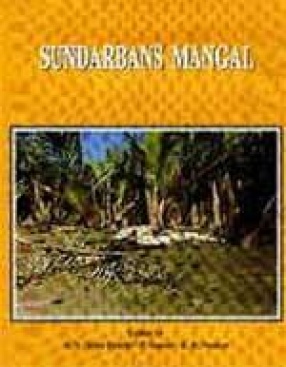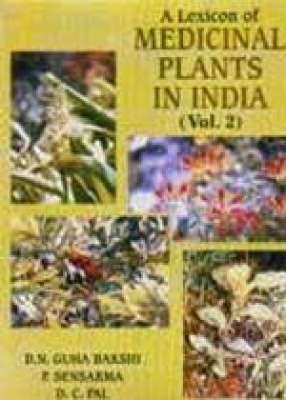Sundarbans Mangal
Synopsis
The Sundarbans Mangrove Ecosystem or the Sundarbans Mangal represents an ecosystem which enjoys the priviledge of being the largest single mangrove chunk in the world, the only mangrove swamp in the world, inhabited by man-eating Royal Bengal Tigers, the largest representation of mangroves in term so species, providing varied habitats for large number of mangrove-dwelling fauna and the grazing grounds for innumerable fish, prawn and crab species. In addition, the Sundarbans Mangal is situated in the lower Ganga delta which is in a dynamic conditions with large range of variance in terms of physico-chemical properties of soil and water chemistry, which have diverse impact on the total ecosystem. At this juncture, it would be very inappropriate not to mention about the rural society inhaviting Sundarbans. Majority of this population lives in abject poverty and are constantly creating direct and indirect pressure on this threatened ecosystem. This makes Sundarbans a study area for botanists, zoologists, ecologists, environmentalists, anthropologists, economists and social scientists. Moreover, it is of utmost importance to save this unique ecosystem with a multi-discrplinary holistic approach. This book has attempted to undertake an integrated approach towards compilation of existing works of people working on this vulnerable ecosystem. The chapters include topics related to Botany, Zoology, Fish, Fishing, Fishery, Soil, Geology, Geomorphology, Pollution and Socioeconomics. There are 73 articles of different authors from different Institutes working on the Sundarbans Mangal. Besides this, the book also highlights the present problems, pros and cons of the existing scenario of Sundarbans and the suggestions for conservation and development with sustainable approach.
Read more
84.60
76.14
$
94.00 $
Free delivery Wolrdwidе in 10-18 days
Ships in 2-4 days from New Delhi
Membership for 1 Year $35.00
Get it now and save 10%
Get it now and save 10%
BECOME A MEMBER
Books by the same authors









Bibliographic information
D.N. Guha Bakshi
P. Sanyal